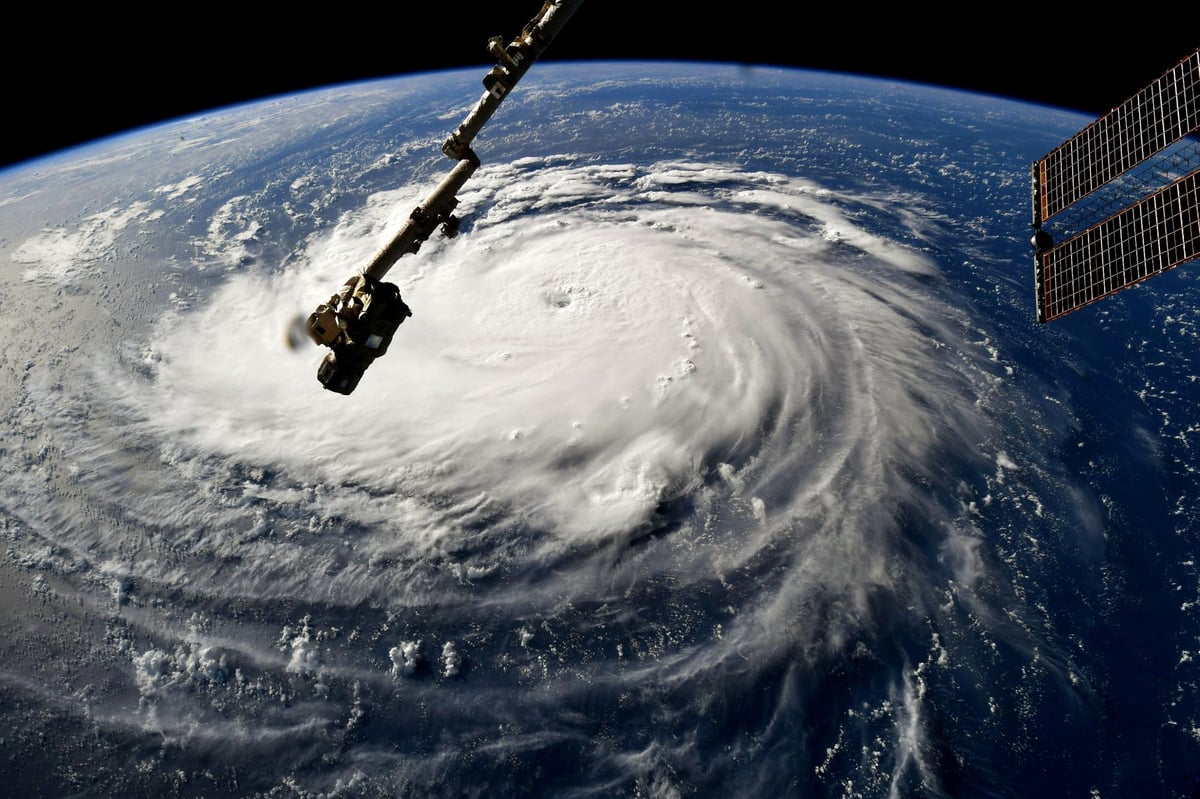For weeks, wildfires have raged across the vast region of southwest Alaska, threatening villages, scorching hundreds of thousands of acres and pushing smoke across the state.
Fire on the Southwest Alaska Tundra is not unheard of, but as climate change continues to reshape the state’s environment, tundra fires are becoming both more frequent and more severe.
The East Fork Fire, currently burning in the Yukon-Kuskokwim Delta, is the largest fire on record in the region, having burned some 125,000 acres so far, according to Rick Thoman, climate scientist at the Alaska Center for Climate Assessment and Policy. University of Alaska Fairbanks.
And some 700,000 acres burned in Alaska this fire season, most in the southwest, said Zav Grabinski, fire science communications specialist for the Alaska Fire Science Consortium.
This is unusual since most Alaskan fires tend to burn in the state’s interior boreal forests between the Brooks Range and the Alaska Range.
The current fires in southwest Alaska are burning in a landscape marked by permafrost and low vegetation, as well as a lack of trees, Grabinski said.
[Related: Firefighters make more headway against wildfire as winds push it away from Southwest Alaska villages]
Tundra fires have always happened, said Nancy Fresco, associate research professor at the International Center for Arctic Research at the University of Alaska Fairbanks, “but climate change is dramatically increasing their frequency and severity.”
Historically, fires affecting the southwest tundra were relatively small and infrequent, she said.
“The fires burning now are truly unprecedented in that sense,” Fresco said.
This is due to several factors. Statewide, Alaska is experiencing higher temperature trends that can cause drying out, which in turn can lead to more frequent and intense fires.
And on top of that, climate change is causing the vegetation in the region to change. With warmer seasons, the ground thaws earlier and different plants begin to grow there, Fresco said.
In some areas where non-flammable lichens and mosses once grew, there may be more flammable grasses and shrubs growing instead. So when lightning strikes, it is more likely to cause a fire and a fire that spreads, she said.
The tundra environments are very different across the state – in Utqiagvik there is nothing that grows taller than a calf, while in the Southwest region willow and alder thickets reach about 10 feet tall, Thoman said.
Thoman also noted the westward spread of the state’s boreal forest – meaning that in the long term, a tundra fire in southwest Alaska may simply be considered a wildfire. , with warmer summers able to support tree growth.
[St. Mary’s residents pitch in to help protect their village from a historic tundra wildfire]
The trend of increasing tundra wildfires is not playing out the same way across the state. Thoman said increases are concentrated in tundra areas of Southwest Alaska and the Noatak Valley, but the Seward Peninsula and North Slope are not showing the same increase, although there is no don’t know why.
While Fresco’s fire modeling cannot say precisely where and when future fires will burn, it said it does point to years of more severe fires, especially in tundra areas.
“It’s extremely difficult to predict exactly when some of these more severe fire years might occur,” Fresco said. “But, certainly for tundra areas, the trend is towards greater fire risk.”
Fresco then says that it can be difficult for people to look at research that predicts bad news, there is a positive side: it allows people to plan and ask how communities can prepare, she said.
“It’s important to think statewide and think about how larger communities can help and support smaller communities in risk management and then in risk planning,” Fresco said. “Because we’re all in this together.”

:quality(70)/cloudfront-us-east-1.images.arcpublishing.com/adn/H4PL3X5QNZBIBGTM2TKUROXTWY.jpg)
/cloudfront-us-east-1.images.arcpublishing.com/gray/LNDY74ABKJCCXKQMY6WKUJWHVE.PNG)
